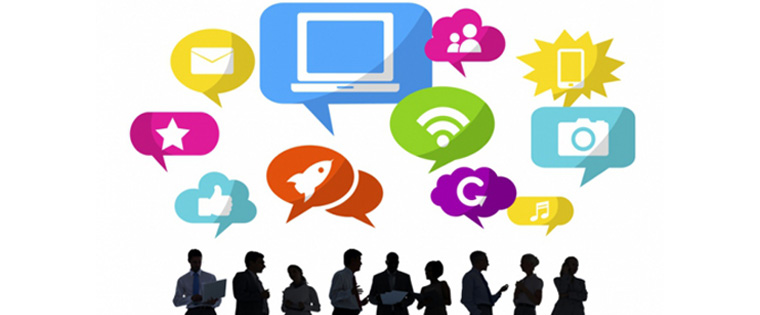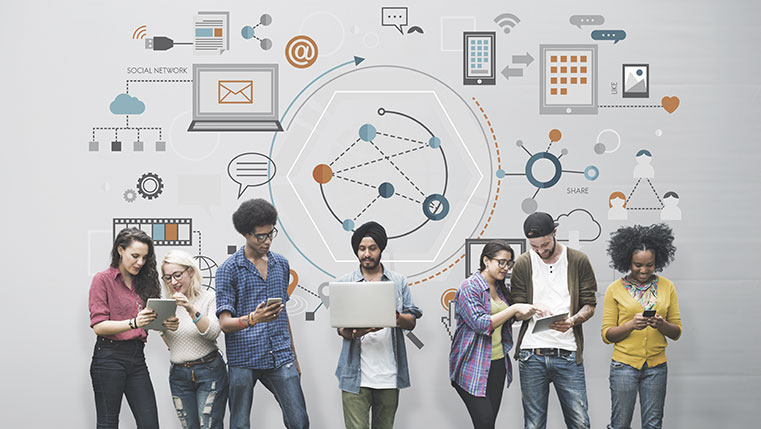Adaptive Learning in E-learning – What is Adaptive Learning?
The blog will talk about what adaptive learning is; and how we can create learner-centric training modules with adaptive learning.

2 Decades Ago:
There were 47 of us in grade 6. Although we came from different backgrounds, we were never discriminated against. Unfortunately, even our mental levels of understanding were treated with the same, intense uniformity, and everything that was taught was taught to all 47 of us together. We did the same sums, got the same homework, and the same, modest amount of attention. Soon I realized that I could not learn as fast as my peers. It was impossible to keep up, and I never really got anywhere with math until – good providence landed us a new math teacher who took me under her wing and taught ME.
The Recent Past:
There has been a deep concern and awareness toward how learners learn best. We know that learning must take into consideration the individual learning needs of learners, to be effective. In the eLearning sector, organizations let learners set their individual learning pace by allowing them to learn on devices (mLearning) they are comfortable with, whenever and wherever they want to.
Today and Tomorrow:
Today’s understanding of learning is that learning must go farther than merely providing a few nice-to-have customizations. Today’s learning theory goes back to the basics – designing 100% unique training for every learner, creating streamlined assignments, and reviewing each learner’s performance, singly. It’s what is called Adaptive Learning; but there is more to adaptive learning than just this.
Definition:
Adaptive learning is an educational method which uses computers as interactive teaching devices, and to orchestrate the allocation of human and mediated resources according to the unique needs of each learner.
Adaptive learning is not just about personalizing learning; adaptive learning is about getting the learning program or the learning content to adapt to the learner’s goals, needs, preferences, and abilities on a particular subject.
Do you see the difference between adaptive learning and learning? Instead of the learner having to adapt his learning goals, needs, preferences, and abilities to fit the training program, the program adapts itself.
Some general examples of adaptive learning are as follows:
- Allow a learner to select the level of difficulty (easy, medium, hard), of a particular course. This is a very simple and basic example of adaptive learning. The direction the course takes will depend on the level of difficulty the learner chooses.
- Present a theory to the learner. The learner is then required to answer questions based on this theory. When the learner answers all the answers correctly, he is automatically taken to the next theory. The learner gets to retry the answers until he gets them all right. The difficulty of the next level will depend on the number of wrong answers/attempts in the previous level.
- A theory is presented at the first level (a chapter of the course). The learner must then complete an activity (a test) based on this theory. They can choose between an easy activity or hard activity – completion of either of which will lead to the next level (next chapter of the course). Again, the learner can choose between an easy and hard activity – completion of either will lead to the next level; or if it’s the end of the course, a report on the learner’s results will be created.
Here are two examples of adaptive learning:
#1 At the level of individual learning objectives
It’s easier said than done. Consider a 25-member team that must be trained on a particular skill. This would entail taking into consideration the same number of combinations of goals, needs, preferences, and abilities! It’s easier said than done, but not impossible. More on Adaptive Learning in my next blog!





